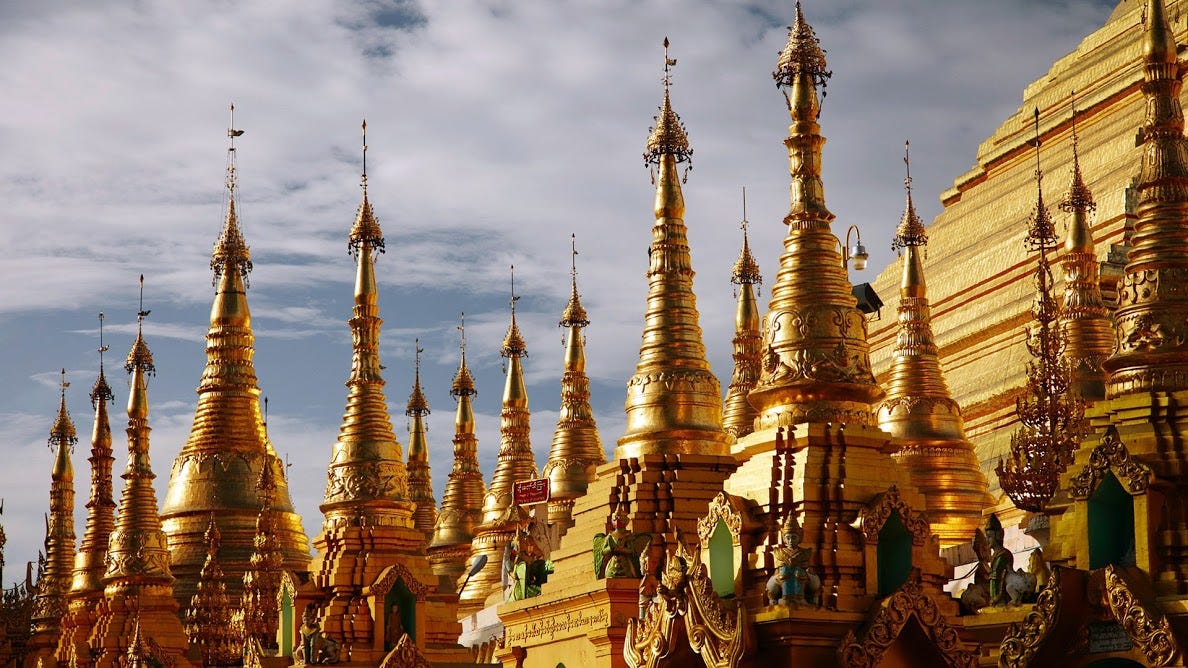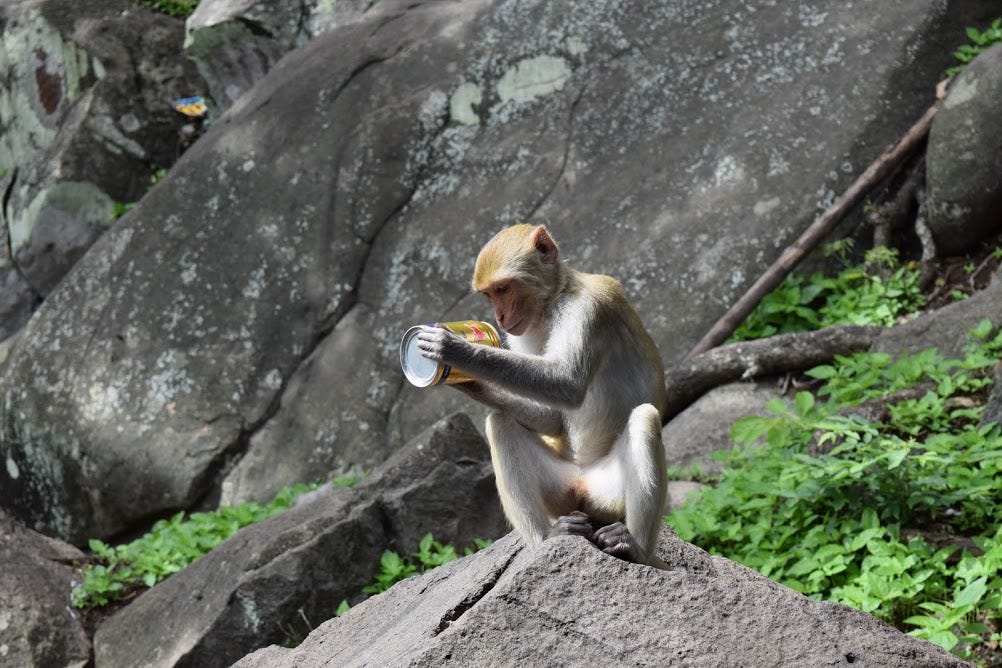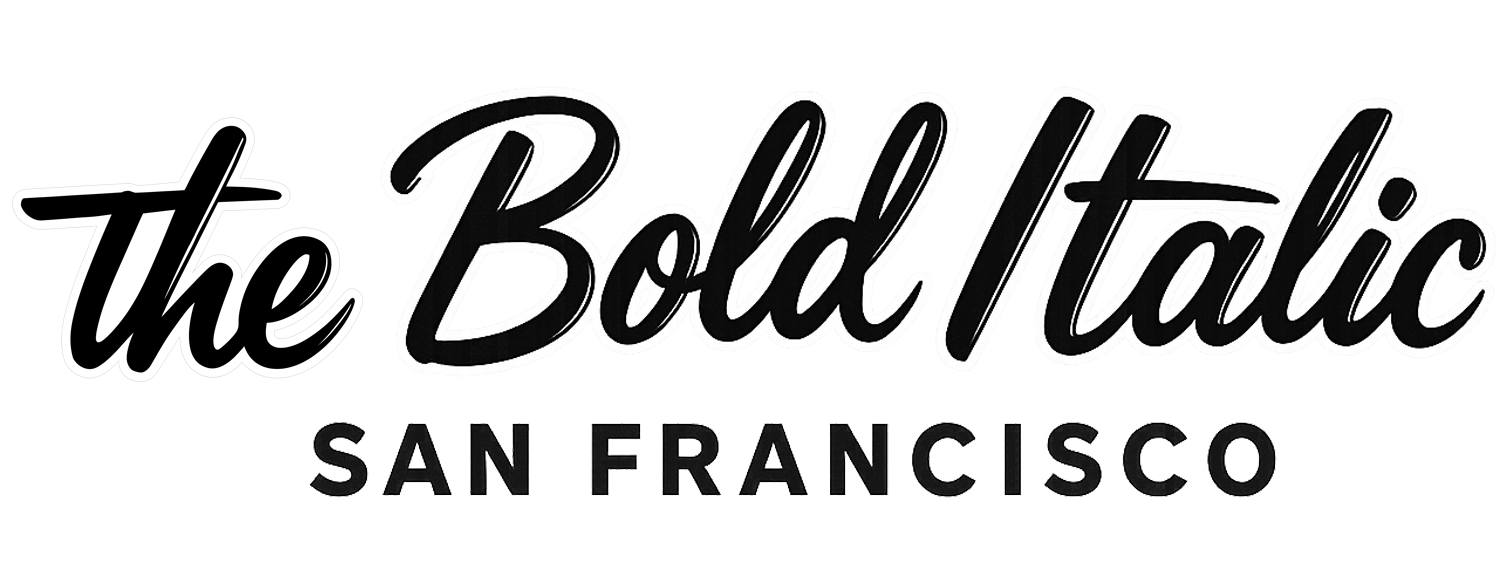By Chelsea Iversen

On a recent trip to Myanmar, I came across a curious tribute atop Mount Popa, high above the red temples of Bagan. After ascending slowly between nats, religious relics and a cantankerous group of monkeys (one of them greedily chugging a can of Red Bull, and all of them eyeing me suspiciously), I finally made it to the summit.

Here, more than 7,600 miles away from San Francisco, I spotted an engraved plaque that read, “Burma Superstar Restaurant, San Francisco, CA, Sept. 3, 2012.”

This engraving conjured up images of lines outside the iconic restaurant on Clement Street in the Richmond district. I’ve waited in that line, raved over the tea leaf salad and joined friends for dinner here — and all the while I had no concept of its ties to the motherland.
Burma Superstar’s first owner, Taik Wu, and his family had dreamed of creating a successful and popular Burmese restaurant, though business was bad and their dream hadn’t panned out as they’d hoped. It wasn’t until Desmond Htunlin and his wife, Joycelyn Lee — neither of whom had previous restaurant experience — purchased the struggling restaurant in 1999 that it really took off. Htunlin was born in Myanmar (known then as Burma), and he and Lee frequented the San Francisco Burmese establishment in its early days.

How was this new-to-the-scene couple able to turn a struggling restaurant into a booming business? “It wasn’t intentional,” Htunlin told me. Quite simply, it was the desire to keep the restaurant — and local Burmese food — alive that drove their decision to buy it. “Joycelyn and I wanted to build a restaurant that we wanted to eat in,” he said matter-of-factly.
The owners have a passion for the cuisine Htunlin has known and loved since childhood and a desire to see it thrive in San Francisco. But a passion for the food of Myanmar isn’t unique to Burma Superstar.
The Inner Richmond’s Mandalay, the first Burmese restaurant in the city, is dedicated to serving authentic and traditional dishes in a way that some other Burmese restaurants aren’t. Mandalay’s tea leaf salad, for example, is served for San Franciscans in the same way it is in Myanmar: lettuce-free. This distinction is important for many who want the cuisine to remain traditional and argue that the strong, unique flavors present in Burmese dishes can be appealing to Americans.
Burma Superstar and others who add lettuce to their tea leaf salads are perhaps appealing to more American tastes. The altered salad is an example of the attention that’s paid to the dining experience, which could just be the reason this particular establishment has been able to stand out among the rest. Creating an experience that impresses is important to the owners, and that includes bringing on staff who are passionate about the food and the restaurant.
A restaurant can enlighten people to another culture in ways that run deep — especially when it’s presenting a cuisine and a culture that are foreign to so many. Burma Superstar and the other Burmese food restaurants in the Bay Area are, in their own ways, educating people about the food of a country that is now slowly opening its borders.
A Recent History
Back in 1962, the Burmese army under the control of General Ne Win overthrew the government in a coup d’etat. During this time and the years of economic isolation that followed, thousands of refugees left the country. When the Immigration and Nationality Act was passed in the US in 1965, restrictions on immigrants from Asia were abolished, and thousands more Burmese migrants made their way to big cities in the States.
Back in Burma, the economy was in ruins. The “Burmese Way to Socialism,” a failed economic strategy put in place by the junta, had driven its people largely into poverty. Economic unrest snowballed into turbulence and protest. Then the turbulence leading up to the uprising in 1988, the uprising itself and the aftermath sent thousands more fleeing from the country.
These major waves of immigration brought many Burmese (and other ethnic groups in Burma) to settle in San Francisco. The past couple of decades — after the country became internationally recognized as Myanmar — saw the political landscape slowly shift. Obama was the first US president to pay a visit to Myanmar, in 2012; tourists are now more welcome than in decades past; a new democratic party now holds the majority of parliamentary seats; and the country is becoming more open to outside influence.
All these recent events in Myanmar have brought the country into the international spotlight — and all this good press is likely helping the popularity of Burmese food in San Francisco.
Restaurants like Burma Superstar straddle Burmese and Bay Area culture and, in that sense, build a bond between them. Burma Superstar’s donations to the monastery I visited on Mt. Popa (the one with the plaque) help pay for the upkeep and safety of the 777-step ascent to the top. More than that, though, the restaurant owners are dedicated to giving back through their nonprofit, Future Superstars, which helps build schools, monasteries and wells in rural areas of Myanmar and works closely with the San Francisco–based International Rescue Committee (IRC). Owners Htunlin and Lee also donate to local libraries and provide scholarships to underprivileged children in Oakland.
Htunlin thinks the bond between nations will continue to strengthen. “As the US continues to improve ties with Burma,” he predicted, “more people will want to visit the Golden Land and will experience the richness of the Myanmar culture, food and people.”
The goal, then, is to help strengthen those cultural ties even more. “If I’ve accomplished that,” Htunlin said, “I’ve achieved a lot.”







